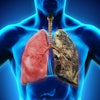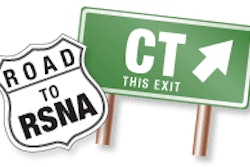Tuesday, November 27 | 3:00 p.m.-3:10 p.m. | SSJ17-01 | Room N226
Cerebral blood volume (CBV) and cerebral blood flow (CBF) values for both gray and white matter rise with the use of low-dose CT, according to a study from Radboud University Nijmegen Medical Center in the Netherlands.A previous study showed that different perfusion mapping software packages produce different results for perfusion CT of the head, said co-investigator Jan-Jurre Mordang.
"The purpose of this study was to assess the robustness of various software packages with respect to dose reduction," Mordang said. "With this method, not only can the software packages be compared to each other, but also the effect on the reduction of dose can be assessed."
Perfusion CT data were analyzed in 10 patients with ischemic stroke who underwent perfusion CT on a 32-detector-row scanner. The investigators added noise patterns from a head phantom to simulate acquisition at 80%, 70%, 60%, and 50% of the original dose. CBF and CBV values of gray matter and white matter increased significantly for dose reduction for all perfusion software packages (p < 0.05), and varied depending on the software used.
"Dose reduction is an important aim in optimizing cerebral CT perfusion protocols, and these results suggest that perfusion values calculated by different software packages depend on the amount of dose," Mordang said, adding that further research is needed to determine the exact behavior of each perfusion analysis program.



















